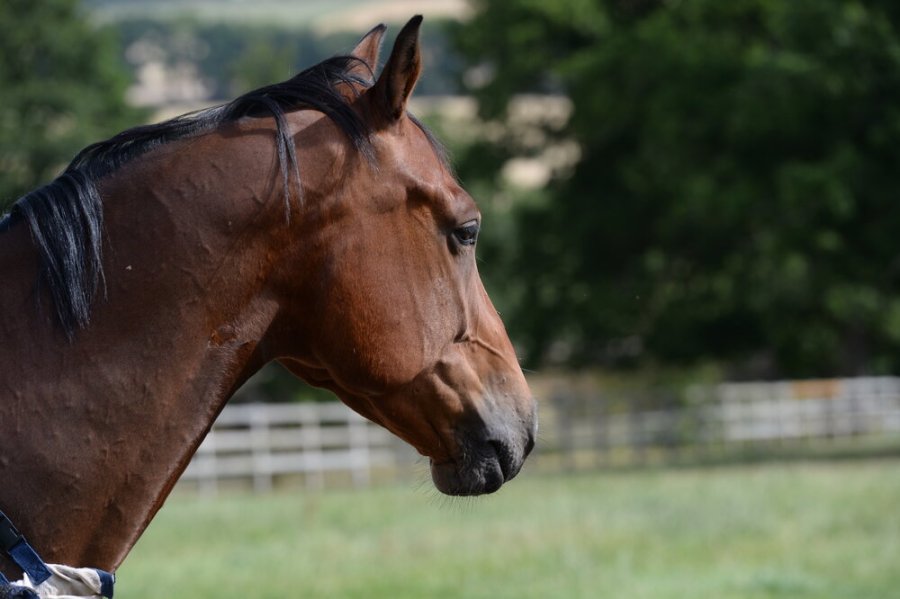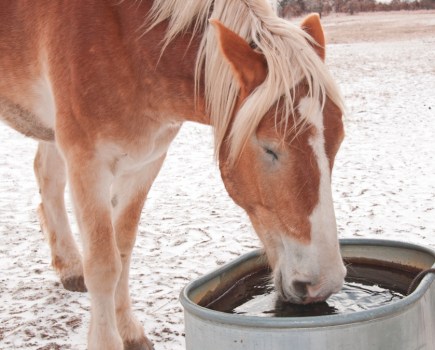In a recent review, Petplan Equine found there was a peak for three commonly claimed conditions, Laminitis, Colic and Gastric Ulcers, at the same time in May.
Looking out for any signs of illness or injury comes as second nature to horse owners. Gil Riley MRCVS shares some tips to ensure we are all extra vigilant at this time of year.
- First and foremost, assess how happy your horse is. Does he have his ears forward most of the time, or does he seem grumpier than usual? Changes in behaviour are very often linked to discomfort, so note any changes to his usual character.
- Equally importantly, make sure any changes made to feed, turnout or exercise are slow and gradual. Horses are routine creatures so can react physically and behaviourally to any quick changes.
- Has your horse rapidly lost or gained weight? Both changes can indicate a problem.
- Take regular photos on your phone of your horse without tack or rugs and compare them.
- It is difficult to notice changes from one day to the next but by comparing images we can see clearly if any changes have occurred.
- Talk to your farrier – have they noticed any bruising or lines on the hoof wall? These again are signs that there may be an underlying issue.
- Get your friends to look at your horse and see if they notice anything you may have become used to or are not aware of.
- Seek advice – we may not be sure of something but always be prepared to ask your yard owner, instructor, or vet if you are concerned about anything
- Ensure you have a good worming and pasture management plan and stick to it and if your horse is turned out in a heard, make sure they are comfortable and settled with the other horses.
Horses do change over time and that is completely natural but if we do the right thing in our management of our horses and keep them happy and healthy, we can prevent some of these very commonly experienced conditions and if they do occur, catch them early when treatment is likely to be more effective.
Don’t miss the latest issue of Your Horse Magazine, jam-packed with training and veterinary advice, horse-care tips and the latest equestrian products, available now.









